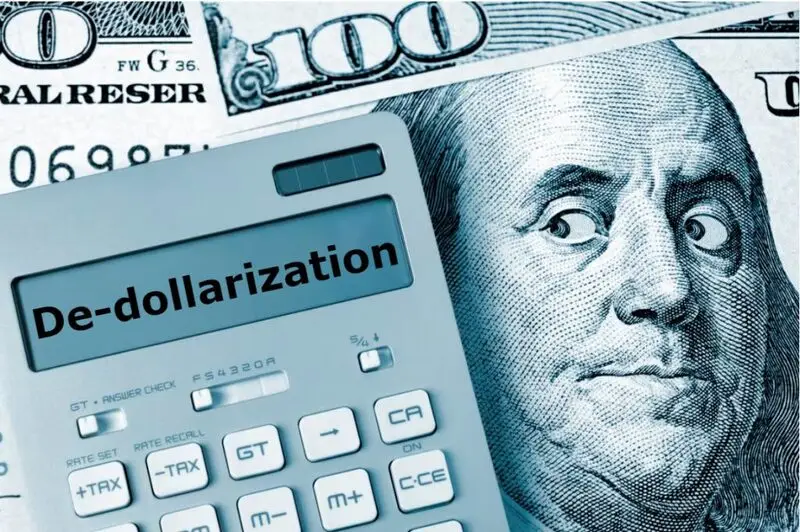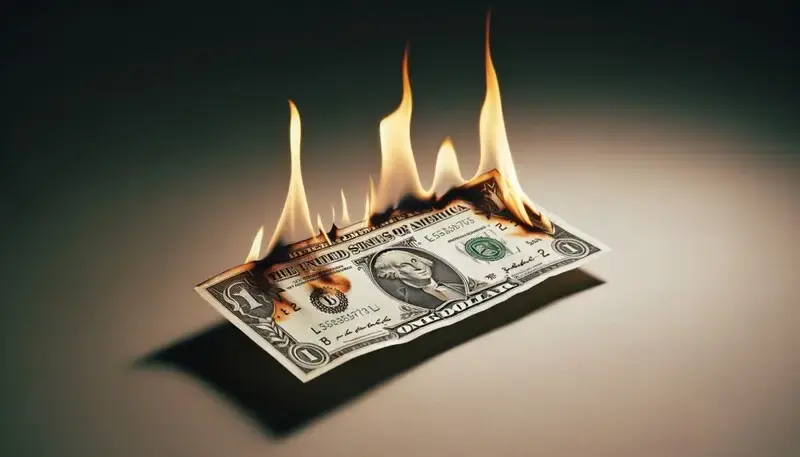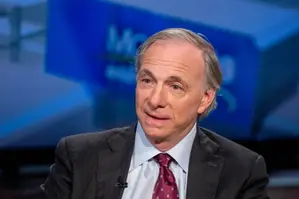A total of three countries, Russia, China, and India, have officially achieved 90% to 95% de-dollarization in 2025. The development is reshaping global trade dynamics as China and India are the economic powerhouses of the East. This puts significant pressure on the US dollar, which is struggling to maintain trust in the international markets.
Russian Deputy Prime Minister Alexander Novak confirmed that the country is being successful in de-dollarization. He revealed during an interview that Russia has transitioned 90%–95% of its trade settlements with China and India into national currencies.
“The market itself meets the need for settlements in national currencies. For example, with our friends from China and India, we have already switched to national currencies by 90–95%,” said Novak during an interview with Solovyov Live TV channel. He explained that Russia will continue the de-dollarization process and put a significant strain on the US dollar.
The Russian Deputy Minister said that the de-dollarization transition occurred naturally as all three countries aim for local currency settlements. “This is automatic, without any purpose, because they don’t allow settlements in the respective currency, which used to be the hegemonic one,” he said.
Also Read: Economist Reveals the Reality Behind XRP Reaching $100,000
De-Dollarization: How Significant Is the Transition To Local Currencies?

Russia’s use of local currencies for trade with China and India is significant in promoting the de-dollarization agenda. The global flow of the US dollar is reducing, which would lead to a deficit in the homeland. It reshapes global commerce, keeping the US dollar away from major trade deals.
Not just Russia, China, and India, but many developing countries are interested in the de-dollarization initiative. They also believe that the US dollar is being weaponized and the best way to safeguard their economy is to use local currencies for trade and not promote and fund the greenback. A multipolar world is rising as local currencies take the steering wheel of the global economy.






